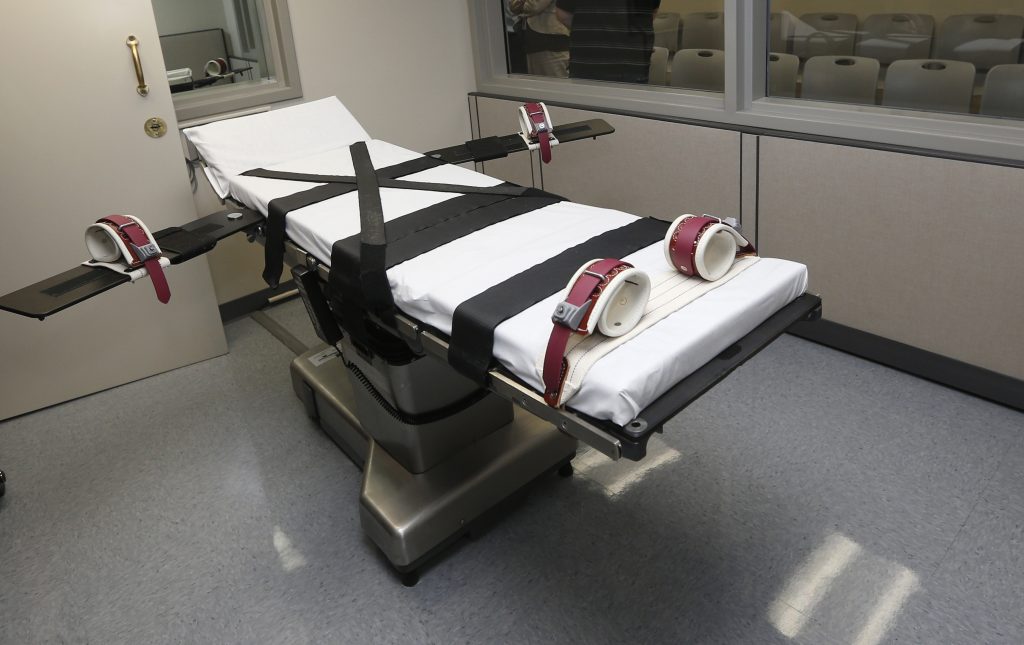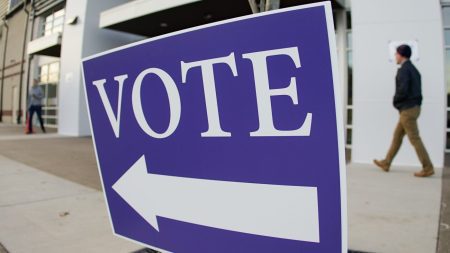A report reveals that Black prisoners facing death penalty by lethal injection undergo a higher rate of unsuccessful procedures compared to white inmates.
In the analysis released this month, researchers at the anti-death penalty group Reprieve found that Black people had a 220 percent greater chance of undergoing an unsuccessful lethal injection execution than white people, regardless of whether a one-drug or a three-drug protocol was used.
“It is well-established that the death penalty is affected by racial bias at every stage of the process,” the report states. “This report reveals that the racial differences in capital punishment extend all the way into the execution chamber.”
In 1972, the Supreme Court ruled the death penalty in three cases was unconstitutional, and as a result halted executions until clarifying the ruling in 1976. Since then, at least 1,582 individuals have been executed.
Lethal injection was first introduced as a legal execution method in Oklahoma in 1977. Proponents argued it was a painless process that would take about five minutes, and the person would die less than two minutes after the final injection.
But Reprieve’s study found that more than a third of unsuccessful lethal injection executions lasted more than 45 minutes, and more than a quarter lasted for more than an hour. In 2022, a Black man in Alabama suffered the longest unsuccessful execution, more than three hours.
“Proponents of lethal injection have long declared it to be quick, peaceful, and painless,” the report reads. “This new analysis of unsuccessful lethal injection executions in the modern era comprehensively debunks this claim, finding unsuccessful lethal injection executions to be both prolonged and painful. Many unsuccessful executions were found to have spanned hours, with people choking, vomiting and bleeding in the execution chamber.”
Reprieve’s report found that out of 465 executions of Black inmates, 37 — or about 8 percent — were unsuccessful, compared to only 28 out of 780 executions of white inmates, or about 4 percent.
The report highlights different case studies, including the 2014 unsuccessful execution of Clayton Lockett, a 38-year-old Black man in Oklahoma.
In Lockett’s case, the execution team worked for 51 minutes to insert IV lines, puncturing Lockett 16 times in his upper chest and jugular region, his upper arm, elbow pit, wrist, groin and foot.
Eventually, Lockett was injected with an untested drug cocktail of unknown origin. He started “breathing heavily, writhing, clenching his teeth and straining to lift his head off the pillow,” and the execution team found that Lockett’s vein had “exploded” or “collapsed.” As a result, the drugs were not getting into Lockett’s system and were instead bubbling under his skin, creating significant swelling.
Lockett died of a heart attack 43 minutes after the start of his execution. The paramedic who tried to establish IV access later claimed the failure was because “Black people have smaller veins.” There is no scientific evidence to substantiate such a claim.
Jamila Hodge, a former federal prosecutor and now the leader of Equal Justice USA, said Reprieve’s discoveries are surprising but not unexpected.
“Racial oppression depends on our willingness to degrade other individuals,” Hodge said in a statement. “And that same undervaluing of human life is what makes excruciating, torturous executions something our nation has come to accept.”
The death penalty has long been questioned for racial differences.
In 2016, the Prison Policy Initiative discovered that even though Black individuals make up about 13% of the U.S. population, they make up more than 41% of death row prisoners.
In 2020, the Death Penalty Information Center found that individuals who kill Black people are less likely to face the death penalty than those who kill white people. In 2020, the Death Penalty Information Center discovered that individuals who kill Black people are less likely to face the death penalty than those who kill white people. In 2020, the Death Penalty Information Center found that individuals who kill Black people are less likely to face the death penalty than those who kill white people.
Despite efforts by advocates to end the practice, the death penalty is still legal in 21 states.
Reprieve’s recent report revealed that racial inconsistencies in failed executions varied by state.
In Arkansas, 75% of failed executions were of Black people, despite Black people accounting for only 33% of all executions. In Georgia, where Black people made up only 30% of all executions, 86% of failed executions were of Black people. And in Oklahoma, 83% of failed executions were of Black people, despite Black people making up just 30% of all executions.
The report attributes failed executions to various factors, including secrecy, illegal drug acquisition, poor-quality drugs, and urgency.
“In their attempts to conduct executions at any cost, state officials have avoided oversight at every stage of the execution process and have engaged in illegal and sneaky practices which have contributed to failed executions,” the report states.
Reprieve is now urging an immediate halt on all lethal injection executions at both state and federal levels. The study also encourages officials to be more open about the process, including recording the start time of an execution as the moment when officials begin to prepare the person for the lethal injection.









